Behind Locked Doors (1948) Online
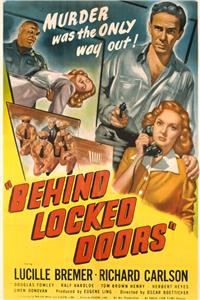
A well-known judge has become a fugitive from the police, with a large reward on his head. A reporter believes that the judge is hiding in a private sanitarium, so she seeks out a private investigator and asks him to pretend to be insane, so that he can get inside the sanitarium and look for the judge. The investigator is admitted to the asylum, and encounters many dangers while trying to prove that the judge is there.
| Complete credited cast: | |||
| Lucille Bremer | - | Kathy Lawrence | |
| Richard Carlson | - | Ross Stewart | |
| Douglas Fowley | - | Larson | |
| Ralf Harolde | - | Fred Hopps | |
| Thomas Browne Henry | - | Dr. Clifford Porter (as Tom Brown Henry) | |
| Herbert Heyes | - | Judge Finlay Drake | |
| Gwen Donovan | - | Madge Bennett |

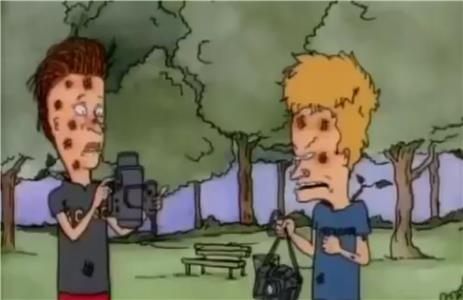
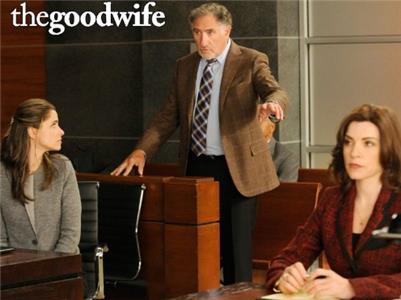

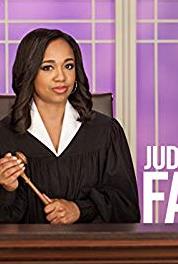


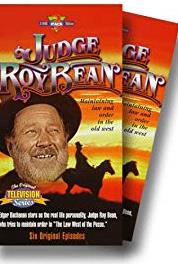


User reviews